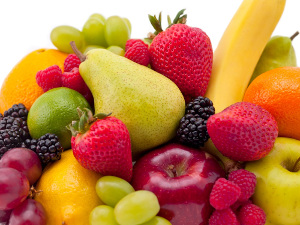Malaysian tropical fruits approved for U.S. market

The United States Department of Agriculture (USDA) has approved the import of fresh jackfruit, pineapples, and starfruit from Malaysia under the condition that all commodities are irradiated for insect pests, inspected and imported in commercial consignments, the Federal  Register reported yesterday.
Register reported yesterday.
With the newly granted approval, the Government of Malaysia expects to export 2,500MT of fresh pineapples, 1,500MT of fresh jackfruit and 3,000MT of fresh starfruit annually to the United States.
Pineapple volume would equate to less that 0.4% of total annual pineapple imports to the U.S., according to the Federal Register. Data was not available for jackfruit and starfruit.
In 2012, the U.S. imported 925,000MT of fresh pineapples, worth US$513 million. Imports from the product show notable growth, compared to the average 689,000MT imported to the U.S. between 2003 and 2012, the Federal Register reported.
No data has been taken on U.S. pineapple production since 2006, but the industry in Hawaii is reportedly in decline, encouraging imports from Asia, Mexico and Central America. The most recent data indicated 188,000MT of production a year from Hawaii.
Requirements for Malaysian fruit
The USDA ruling on Malaysia will take full effect April 18, just under a year after the Animal and Plant Health Inspection Service (APHIS) began formal consideration of the products for import.
The initial phytosanitary analysis from APHIS identified 24 pests of quarantine significance for jackfruit, 22 for pineapples and 14 for starfruit.
In addition to the treatment requirements established for all three fruit, jackfruit must also be treated in the orchard with an APHIS-approved fungicide for Phytophthora meadii and undergo a fungicidal dip post harvest.
Pineapples will also require the use of an APHIS-approve fungicide in orchards for Gliomastix luzulae, Marasmiellus scandens, Marasmius crinis-equi, Marasmius palmivorus and Prillieuxina stuhlmannii. Post harvest, the fruit will also require a fungicidal dip and spraying with water prior to packing to avoid Achatina fulica and Eutetranychus orientalis.
For starfruit, samples of fruit will be taken and cut open to detect evidence of Cryptophlebia spp. If a single insect is found, the entire consignment will be discarded.
Photo: www.shutterstock.com















































